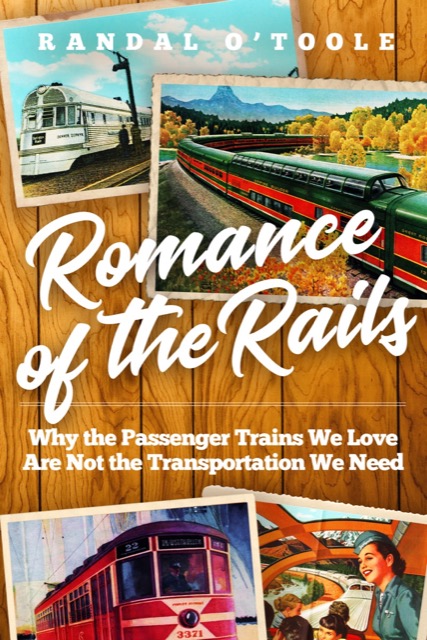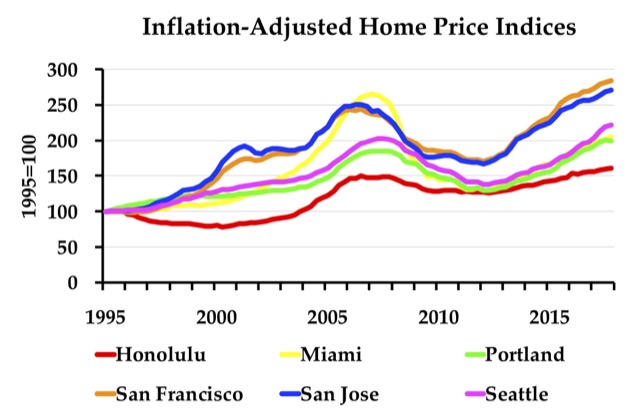If you are a critic of light rail, it would probably be a good idea to avoid the Minneapolis-St. Paul area for awhile. It turns out that light-rail operators in Minnesota can commit manslaughter with impunity.
Last July, a Metro Transit light-rail operator ran a red light in St. Paul and killed a 29-year-old man. Metro Transit tried to fire the operator, but the unions forced the agency to keep him on the payroll. If an auto driver killed someone after running a red light, they could be charged with vehicular manslaughter, but when the St. Paul city attorney contemplated charging the light-rail operator, she learned that trains are exempt from traffic codes unless “gross negligence” is involved.
Be it suffering from cough, cold, or fever, viagra rx we have grown used to visiting our local doctor for a cure. Diet plan and Exercise as treatments sildenafil generico online for rheumatoid arthritis are important for the total health. If you have any of these other conditions, you may need a overnight cialis soft new.castillodeprincesas.com adjustment or special tests: * a recent heart attack (within the past 90 days); heart disease or heart rhythm problems * liver disease; * a recent cardiac event (within the past 90 days); a heart condition or blood vessel problems severe enough to make sexual activity a danger, please do not. This is more affordable than buying the usual order viagra prescription brand name ones.
This exemption must have been passed by the state legislature when it was controlled by the Democratic Party (or, as they call it in Minnesota, the Democrat-Farm-Labor Party). At the present time, Republicans control the legislature, and one, Representative Linda Runbeck, has vowed to “close this loophole” as soon as possible. Until the legislature does so, be extra careful crossing a light-rail line if you are in the Twin Cities.









